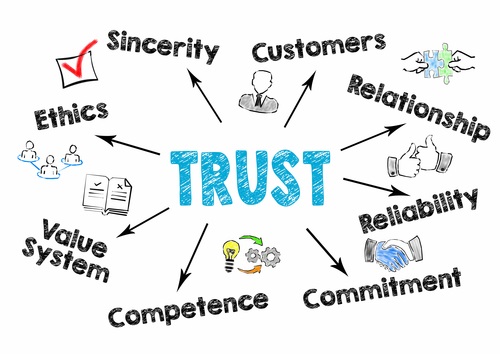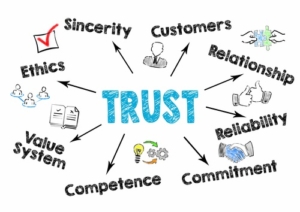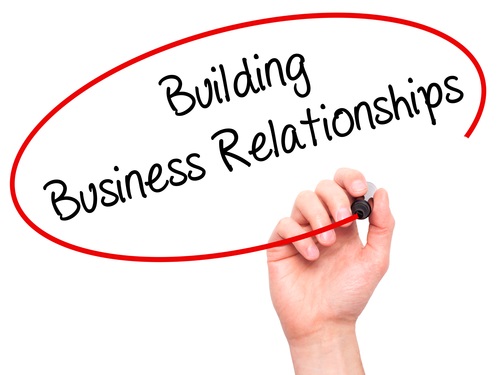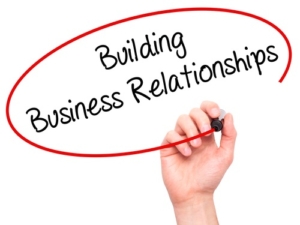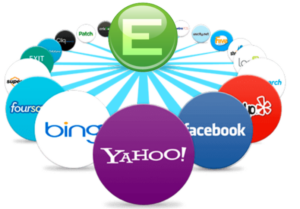 You’ve worked hard to build a good business and reputation, but how do you spread the word to existing and new customers? Are you being found online? Is your information consistent? Local SEO plays a role in helping businesses grow.
You’ve worked hard to build a good business and reputation, but how do you spread the word to existing and new customers? Are you being found online? Is your information consistent? Local SEO plays a role in helping businesses grow.
Through a new service offering, and by leveraging technology, the Edmiston Group can help you manage and maintain and consistent online brand and messaging. Think about all the business directories and online opportunities out there to put your business on the map. Be present, be consistent and be found!
Once people know you are out there, now you need to manage your online reputation! We help businesses preserve their brand and create a positive digital experience for new and existing customers.
Components of our service include:
- We can integrate your business directly with 75+ business directories including all the top maps, apps, search engines, GPS Systems, social networks, and digital assistants, making it easy to update your business information in one fell swoop.
- Know that you have control over how your business is promoted and listed over the entire web. You can continue to update and promote your business regularly with new services, imagery and/or special hours for holidays. Imagine if your business has to close last minute due to an emergency and drive relevant messaging. It would be important to let a potential customer know this as quickly as possible. You can ensure that updates are delivered immediately so your customers are always in the know.
- With Reputation Management you can take control of your online reviews! Online reviews are necessary in today’s digital world and also help your businesses with local SEO if managed properly. Good third-party reviews help a business grow. People buy as a result of reading third party validation on service delivery. Being alerted to unfavorable reviews and responding to the customer before they go live is now an option. This service allows you to be proactive in making sure your online reputation is at the top of its game.
To schedule your online reputation evaluation, email [email protected]. We are offering a free audit of your current web listings and can demonstrate how it can be improved.
About the author: Autumn Edmiston is the CEO and owner of the Edmiston Group. The Edmiston Group is a multifaceted Pittsburgh based marketing consulting firm providing senior level marketing management services to businesses and non-profit organizations on a short or long-term basis. Core areas of service are business development, marketing, strategic planning and public relations. The Edmiston Group has consistently delivered and implemented real-world, proven business marketing ideas and strategies for business.


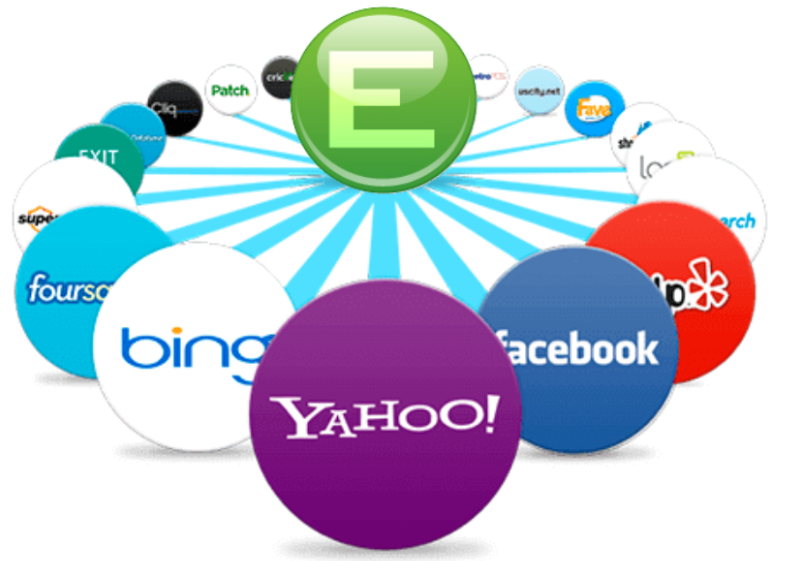

 Small Business Saturday celebrates and helps you discover small businesses. The Shop Small® movement began in 2011 and each year has continued to evolve and become a springboard for small businesses to leverage the holiday shopping experience.
Small Business Saturday celebrates and helps you discover small businesses. The Shop Small® movement began in 2011 and each year has continued to evolve and become a springboard for small businesses to leverage the holiday shopping experience.
 First impressions count and with 4th quarter fast approaching businesses want to make the most out of their customer contacts and how they view your brand. What processes to stay in touch do you have in place when you meet someone at a networking event, they walk into your office, or enter your brick and mortar store?
First impressions count and with 4th quarter fast approaching businesses want to make the most out of their customer contacts and how they view your brand. What processes to stay in touch do you have in place when you meet someone at a networking event, they walk into your office, or enter your brick and mortar store?
 Amanda Becker our guest blogger, shares how businesses can benefit from hosting events. Events can be part of your business strategy, overall marketing plan, and social media execution.
Amanda Becker our guest blogger, shares how businesses can benefit from hosting events. Events can be part of your business strategy, overall marketing plan, and social media execution.
 Are you busy putting out fires in your business? We all have issues that come up in our daily operations. As a business owner, there is always that constant pressure to improve the bottom line. So where do you draw the line and put processes in place to market your business? If you’re too busy working IN your business, there is not the time to work ON your business.
Are you busy putting out fires in your business? We all have issues that come up in our daily operations. As a business owner, there is always that constant pressure to improve the bottom line. So where do you draw the line and put processes in place to market your business? If you’re too busy working IN your business, there is not the time to work ON your business.
 Emotions drive most of our decisions, and that includes what we purchase. Nearly a third of advertisers report success from emotional campaigns, double the amount of those who report success from rational campaigns. From the smell of freshly baked cookies triggering memories of hanging out at grandma’s house to a hysterical blog post making a reader like a brand even more, when an emotion is triggered, it nudges someone closer to or farther from the direction of a brand.
Emotions drive most of our decisions, and that includes what we purchase. Nearly a third of advertisers report success from emotional campaigns, double the amount of those who report success from rational campaigns. From the smell of freshly baked cookies triggering memories of hanging out at grandma’s house to a hysterical blog post making a reader like a brand even more, when an emotion is triggered, it nudges someone closer to or farther from the direction of a brand.
 Businesses are seeing a value in being a thought leader. When done correctly, becoming a thought leader, an individual who drives innovation and new ideas in a given industry, is a valuable path for any professional. But there is a difference between expressing an opinion and always trying to push a sale. Thought leaders are popular, well respected and connected enough to drive real value to their respective businesses.
Businesses are seeing a value in being a thought leader. When done correctly, becoming a thought leader, an individual who drives innovation and new ideas in a given industry, is a valuable path for any professional. But there is a difference between expressing an opinion and always trying to push a sale. Thought leaders are popular, well respected and connected enough to drive real value to their respective businesses.
 Are you finding it difficult to be creative when it’s summer? Are sunshine and fun hampering your creativity? Perhaps you’re convinced that you just aren’t the “creative type” to begin with? Hey, not everyone gets all the good genes.
Are you finding it difficult to be creative when it’s summer? Are sunshine and fun hampering your creativity? Perhaps you’re convinced that you just aren’t the “creative type” to begin with? Hey, not everyone gets all the good genes.